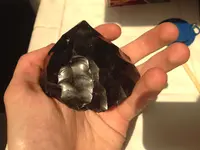lucas1889
Jr. Member
- Joined
- Jun 28, 2018
- Messages
- 34
- Reaction score
- 49
- Golden Thread
- 0
- Location
- California
- Detector(s) used
- Garett At Pro
- Primary Interest:
- All Treasure Hunting
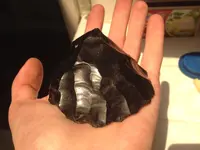
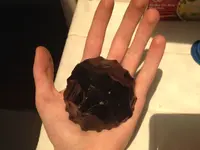
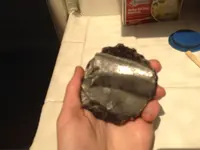
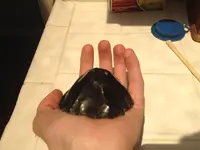
My uncle found this conically shaped obsidian core while gardening in his backyard in Rancho Palos Verdes California. (L.A. county) near the coast. He had no idea what it was. the area where he unearthed it was at the bottom of a steep slope. He said that he has found other flakes of obsidian in the soil.
I think it is a core that was used for knapping straight, uniform flakes. It fits the description because it has a well defined flat base - a perfect platform for flaking long blades.
From my knowledge (which is limited) obsidian isn't naturally occurring in California. Which narrows it down to two possibilities. either it was left over by a flintknapping hobbyist, or it is an artifact that was brought in from far away in ancient times.
If there are any flintknapping experts out there, I would be grateful to hear your ideas!!!
Attachments
Upvote
0



